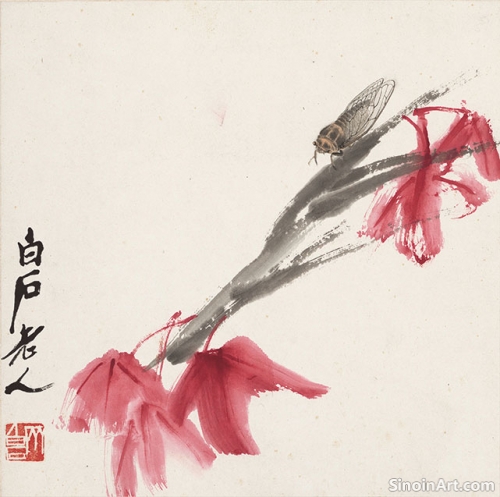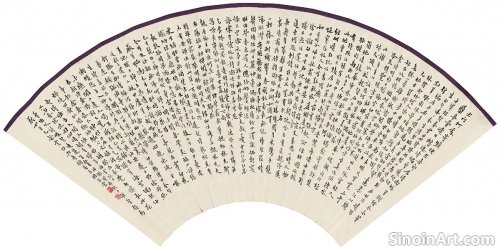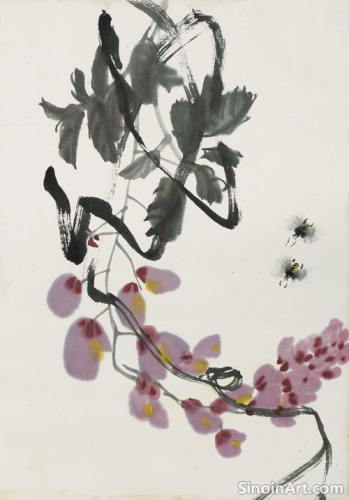The Influence of Chan (Zen) Buddhism on Xieyi
|
Chan (Zen) Buddhism has had a profound influence on the development and aesthetic principles of Xieyi painting. The emphasis on intuition, mindfulness, and the direct experience of reality resonates deeply with the spirit of spontaneity and self-expression that is central to this art form. The influence of Chan Buddhism is deeply rooted in Xieyi tradition.  Chan Buddhism emphasizes the importance of living in the present moment, without intellectual analysis or deliberation. This emphasis on direct experience aligns with the Xieyi artist's focus on capturing the essence of a subject in the moment, without overthinking or over-refining. Spontaneity and intuition are highly valued in both disciplines.  The practice of meditation, which is central to Chan Buddhism, can be seen as a parallel to the act of painting in Xieyi. Both require the artist to be fully present, focused, and aware of their inner state. The painting process becomes a form of meditative practice, a means to achieve inner peace.  The concept of emptiness (sunyata) in Buddhism is reflected in the use of negative space in Xieyi painting. The blank areas are not seen as empty voids but as vital elements of the composition, contributing to its overall balance and harmony. The voids are just as meaningful as the inked areas. The goal of Chan Buddhism is to achieve enlightenment through direct experience. The artist, therefore, uses the brush as a means to express their understanding of the true nature of things. The painting is not merely a representation, but rather a manifestation of the artist’s personal insight and awakening. |
Tag : Chan Buddhism art, Zen influence, mindfulness art, intuitive expression, emptiness
Related information
- The Use of "Broken Ink" in Xieyi
- Modern Interpretations and Contemporary Xieyi
- Xieyi Painting and the Concept of 'Yi'
- Famous Xieyi Artists: Masters of the Spontaneous Brush
- Xieyi Painting as a Means of Meditation
"Broken Ink" (pòmò) is a key technique in Xieyi painting, involving layering wet ink to create rich and varied tones, depth, atmosphere, and a sense of spontaneity, reflecting a controlled approach to the unpredictable nature of ink and water, adding visual texture and depth.
Modern Xieyi painting is adapting to contemporary contexts through incorporating new techniques, subject matter, and philosophical ideas, while remaining grounded in the core principles of spontaneity, expression, and the pursuit of qi, and pushing its boundaries into the modern art world.
'Yi' is a central concept in Xieyi painting, referring to the inner intent, meaning, and spirit that the artist aims to convey, emphasizing intuitive expression, suggestive imagery, and the viewer's active participation in interpreting the artwork.
This article highlights the contributions of famous Xieyi artists throughout history, including Xu Wei, Bada Shanren, Qi Baishi, and Zhang Daqian, discussing their unique styles and their influence on the evolution of the art form.
The practice of Xieyi painting serves as a form of meditation, fostering mindfulness, focus, and a sense of connection with the inner self, nature, and the creative process, allowing artists to express inner feelings, explore personal growth, and find a sense of peace and balance.